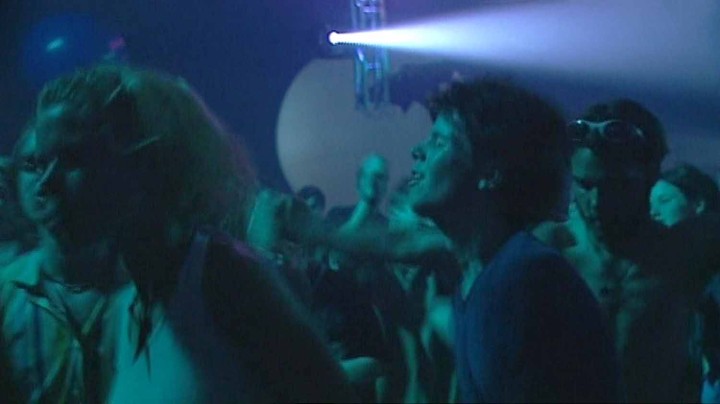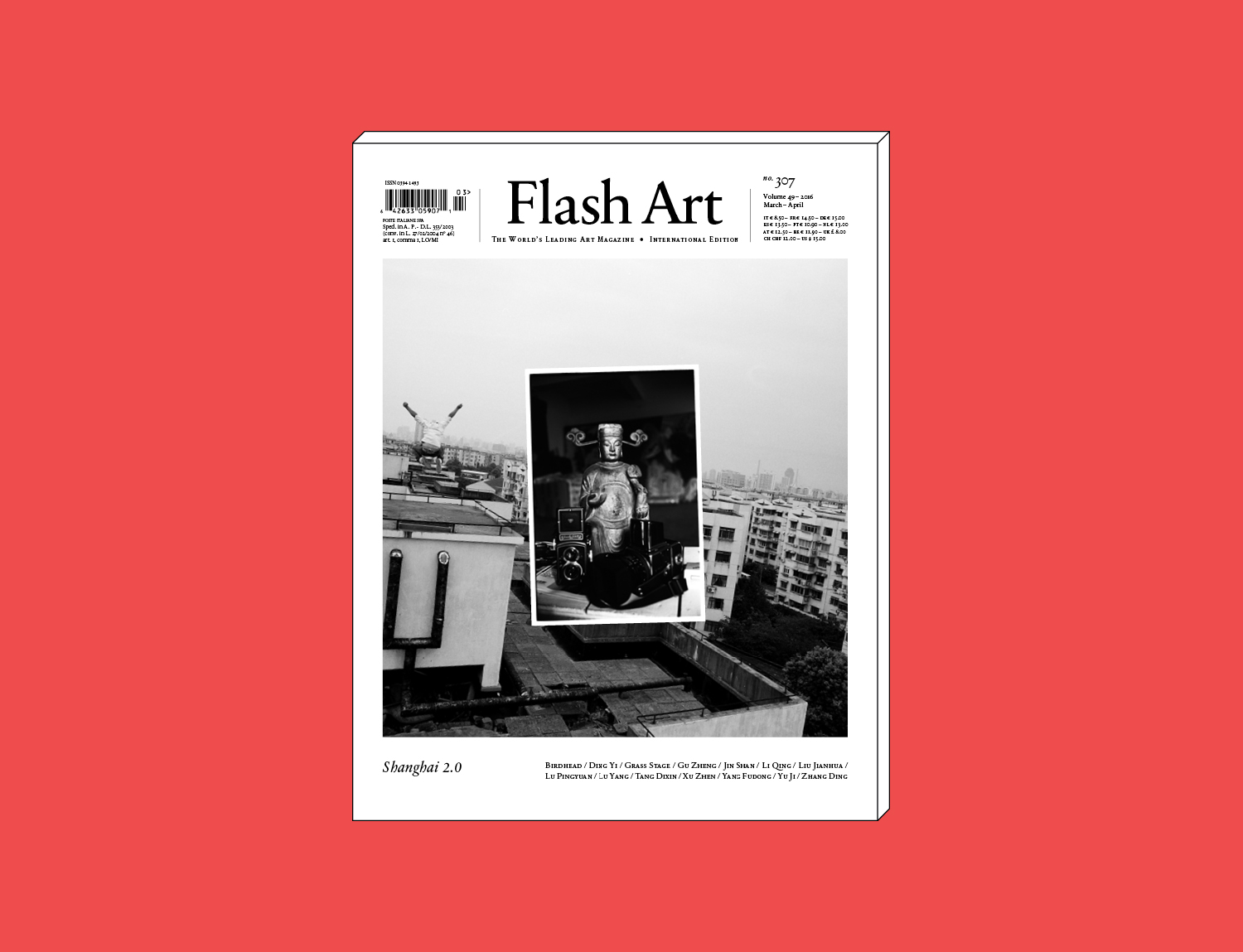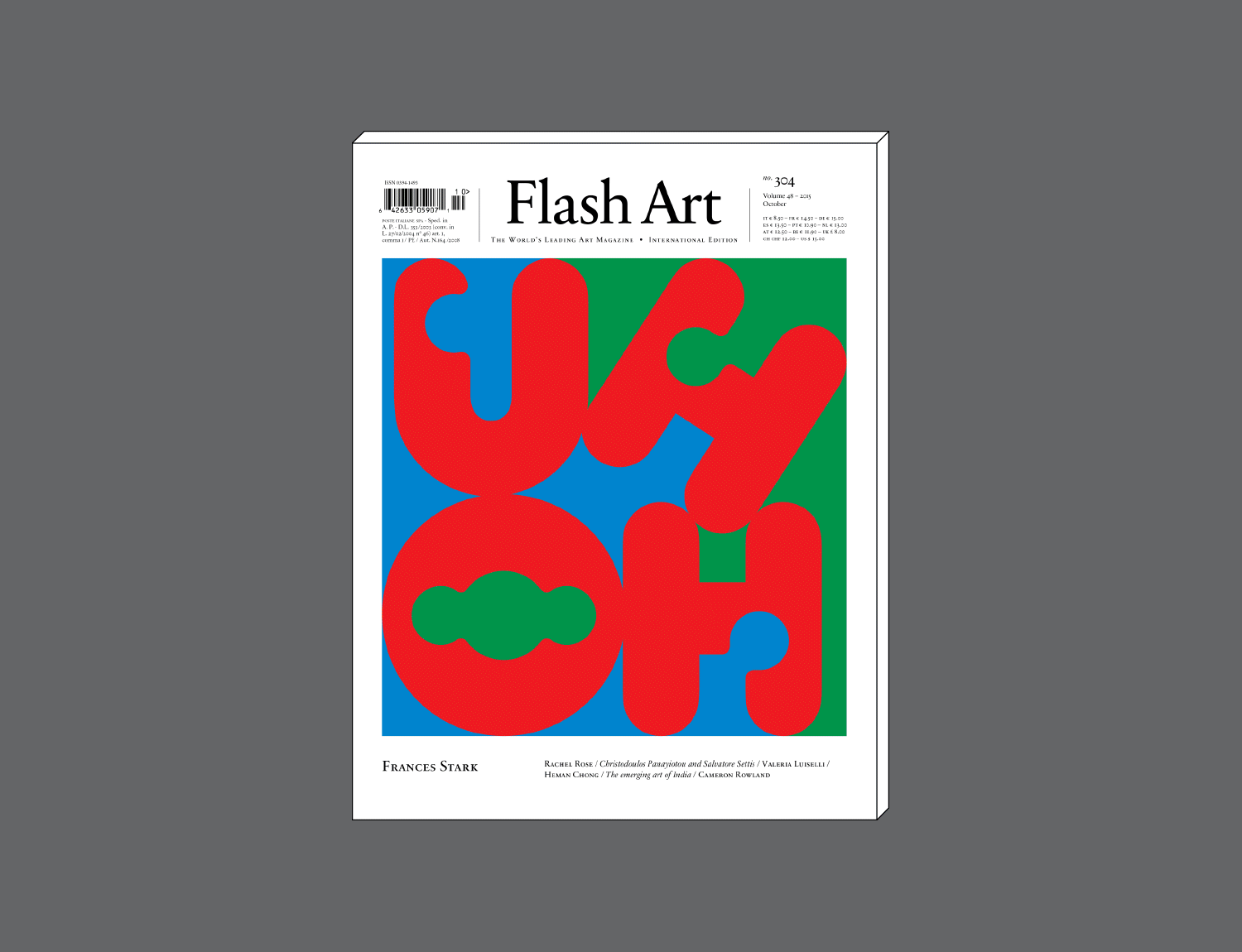“Energy Flash,” the first museum show dedicated to rave culture, has an ambitious scope. It intends to consider the “social, political, economic and technological conditions that led to the advent of rave as an alternative movement across Europe.” If the desire to embrace such a complex and massive phenomenon seems understandable, the task is anything but easy.
Unlike punk, rave had no Malcolm McLaren or Vivienne Westwood to help define its aesthetic or chronological framework. The choice to include in the show clothes designed by Antwerp-based Walter Van Beirendonck, in consideration of their resonance with Dutch hardstyle, seems a step in this direction. However, it is unlikely that ravers, like those portrayed by Matt Stokes in his installation Real Arcadia, thought of their parties as fashion statements. Gathering audio tapes, pictures, news reports and written interviews, the latter work is one of the best pieces in the show, as it demonstrates the very essence of rave culture: its inability to be reduced to a cultural archetype.
The same goes for Andreas Gursky’s Union Rave (1995), the first in a series that the photographer dedicated to rave parties. Gursky suggests that the rave movement is not based on individuality (the desire to be singled out): what matters is being part of a crowd. Rineke Dijkstra, on the other hand, seeks the personal codes hidden in the way we dance: The Buzz Club, Liverpool, UK-Mystery World, Zaandam, NL 1996–1997 portrays young ravers doing their thing against a white background while the music plays loud. Jeremy Deller’s Acid Brass (1997) project — brass bands playing dance music standards — has been re-performed in the streets of Antwerp as part of the show.
Additional testimonies from the mid-1990s are provided by Jef Cornelis, Daniel Pflumm, George Barber and Martin Kersels; more recent works by Cory Arcangel and Ann Veronica Janssens are mostly allusive to the rave movement. The show might be a bit too clean and organized compared to the essence of its topic, but this also shows that some subcultures are more reluctant than others to enter a museum.




